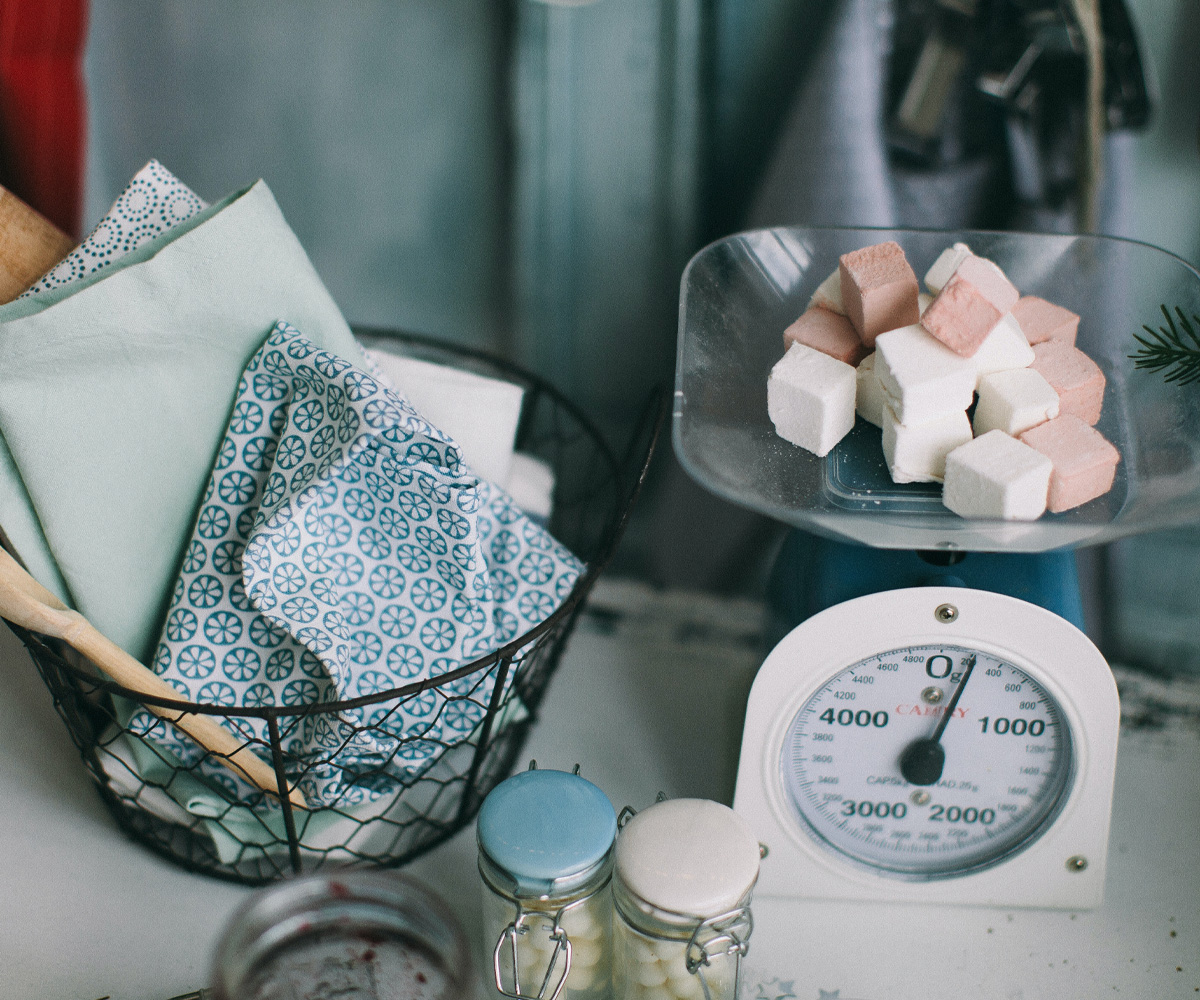
1. When you go to prepare a recipe you should read the recipe very carefully.
2. Check if you have all the ingredients and the equipment and utensils for the preparation.
3. Measure out the entire recipe and then begin making.
4. Follow the directions on the recipe. Do not make changes unless you have an Ear or recommendation to modify it. This will guarantee you a very tasty recipe.
5. Before starting to prepare a recipe, clean the work area and wash your hands. Also, whenever you go to cook, wear closed shoes and an apron.
6. When you finish cooking, clean all kitchen utensils, equipment and surfaces. With this you will prevent food from becoming contaminated.
7. Never leave the kitchen unattended while you are baking or cooking.
8. To prepare fried foods, the ideal is to use a deep fryer, but if you use a deep frying pan, try to place it on the back burner to avoid accidents.
9. When you are going to take something out of the oven, always use gloves or potholders to avoid burns.
10. Whenever the baking instructions tell you to preheat, preheat the oven, this will guarantee a perfect baking.
11. To eliminate the bad smell and taste of the smoked rice, place and dip a raw onion in the center, cover it with the rice, cover for 10 minutes and then remove the onion.
12. Cook uncovered green vegetables to preserve their color. Vegetables that grow underground are cooked covered.
13. Custards – Remember to unmold cold to prevent them from breaking. My recommendation is that once you remove it from the oven, place it on a surface and let it cool. Then place in the refrigerator until completely cold.
14. To thicken the stews or sauces you can make a combination of wheat flour and butter in equal parts and add at the end, to your liking. Add the amount you prefer depending on the thickness you want to achieve.
15. Eggs – To see if an egg is fresh, soak it in salty water. If it is, it will fall to the bottom. If not, it will float.













